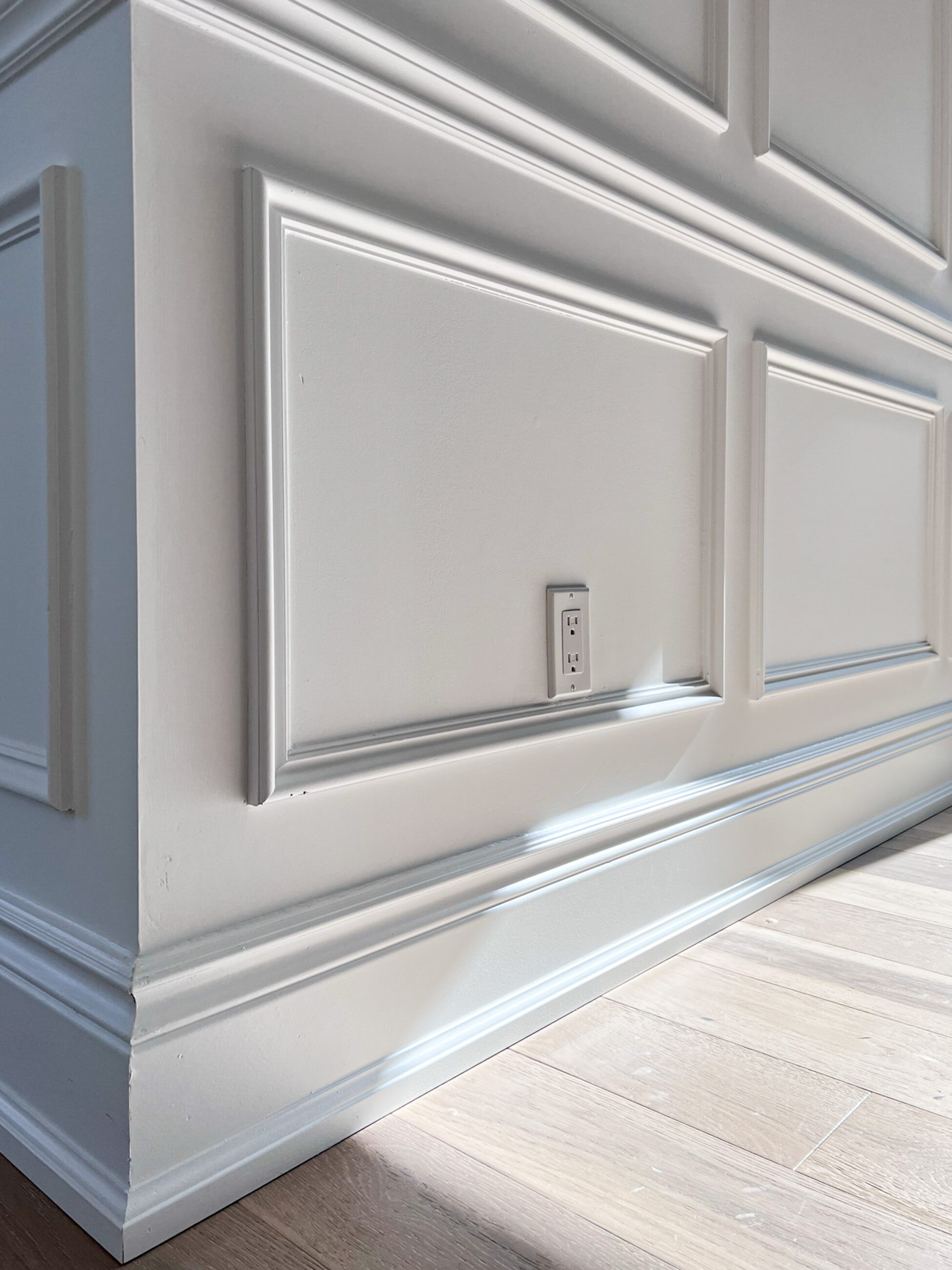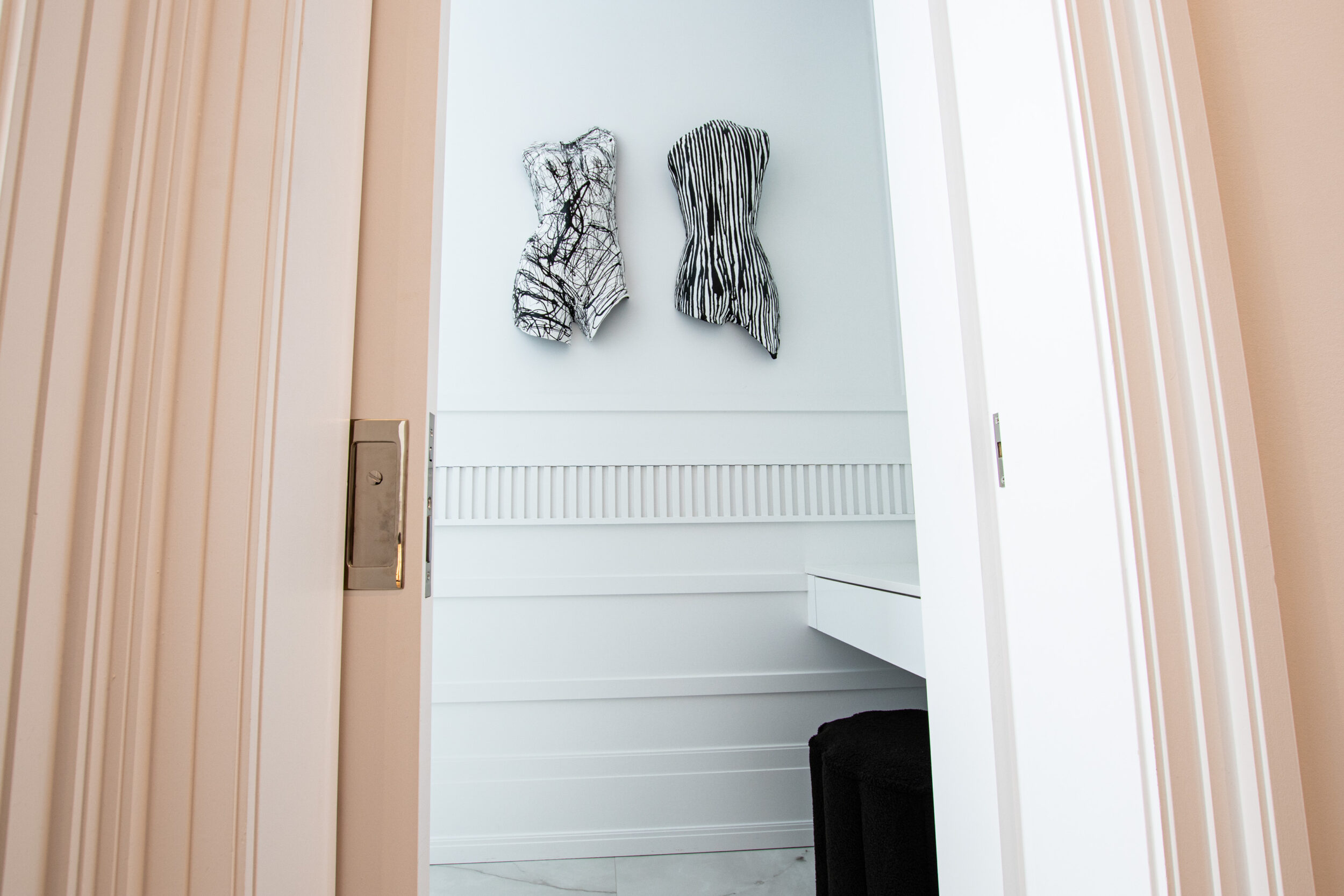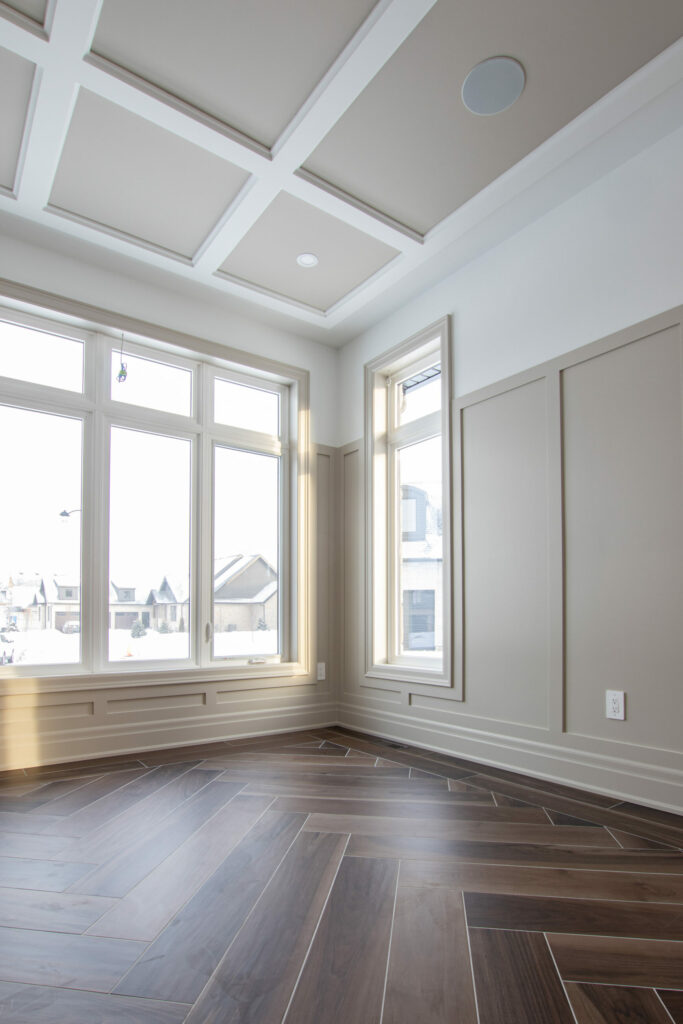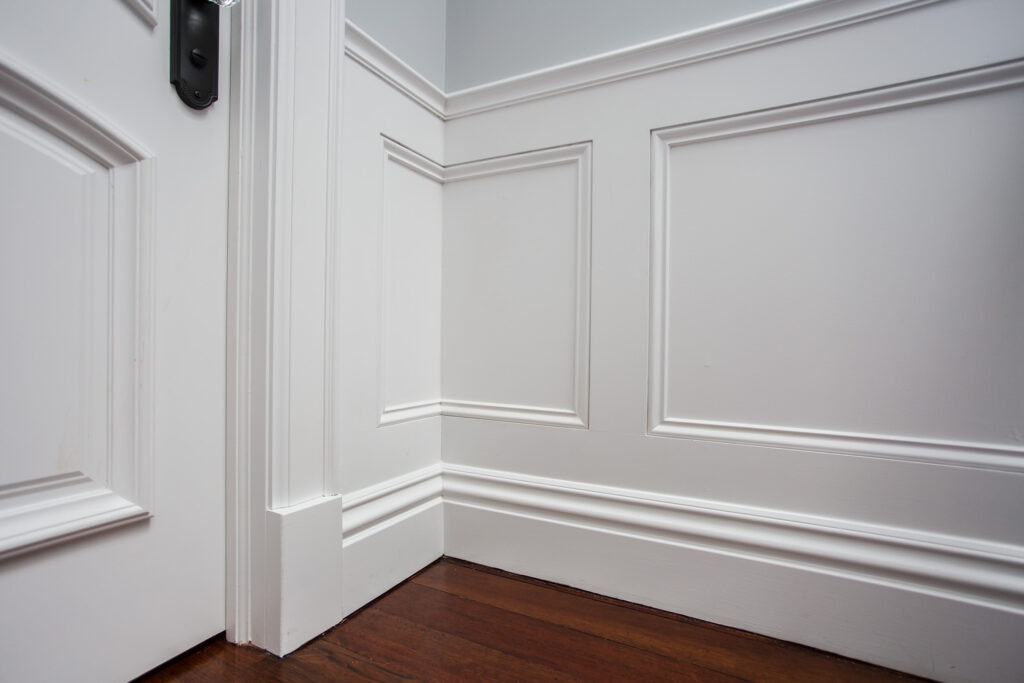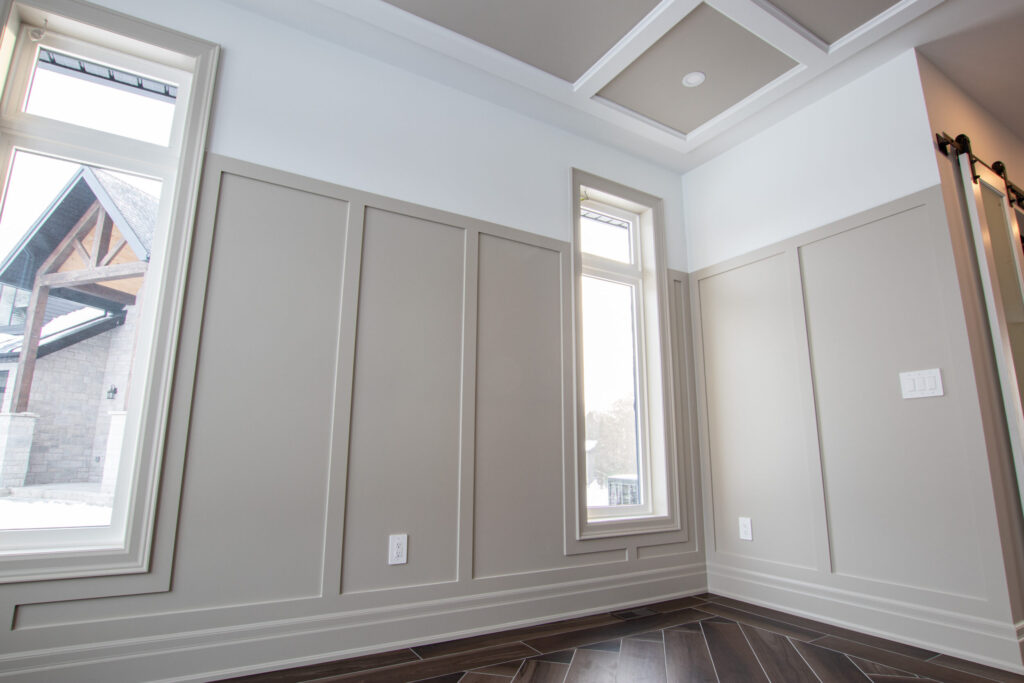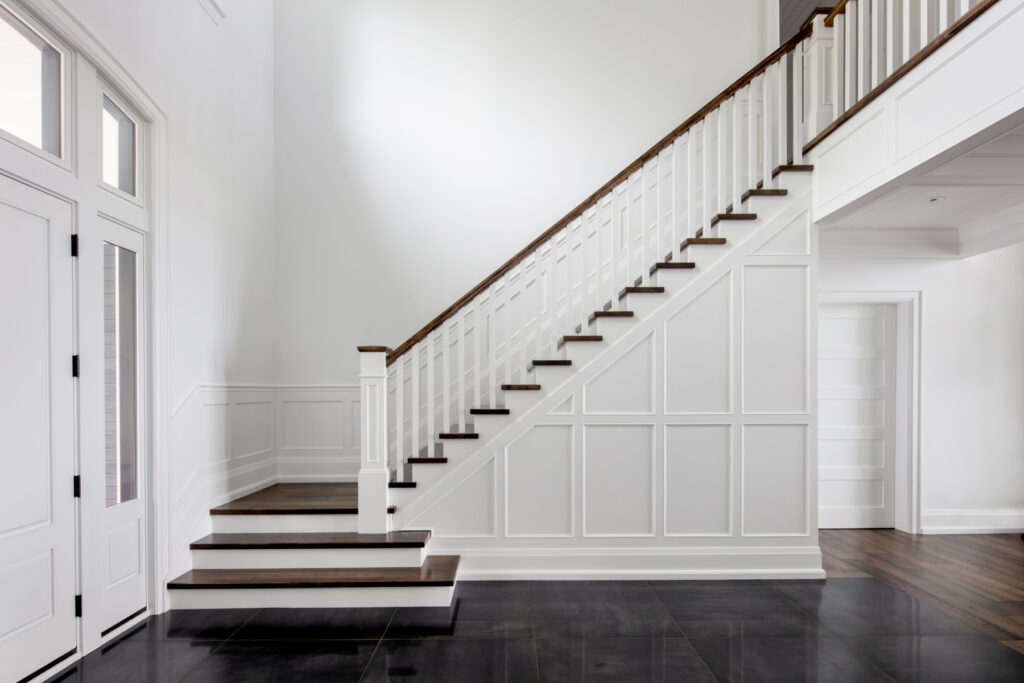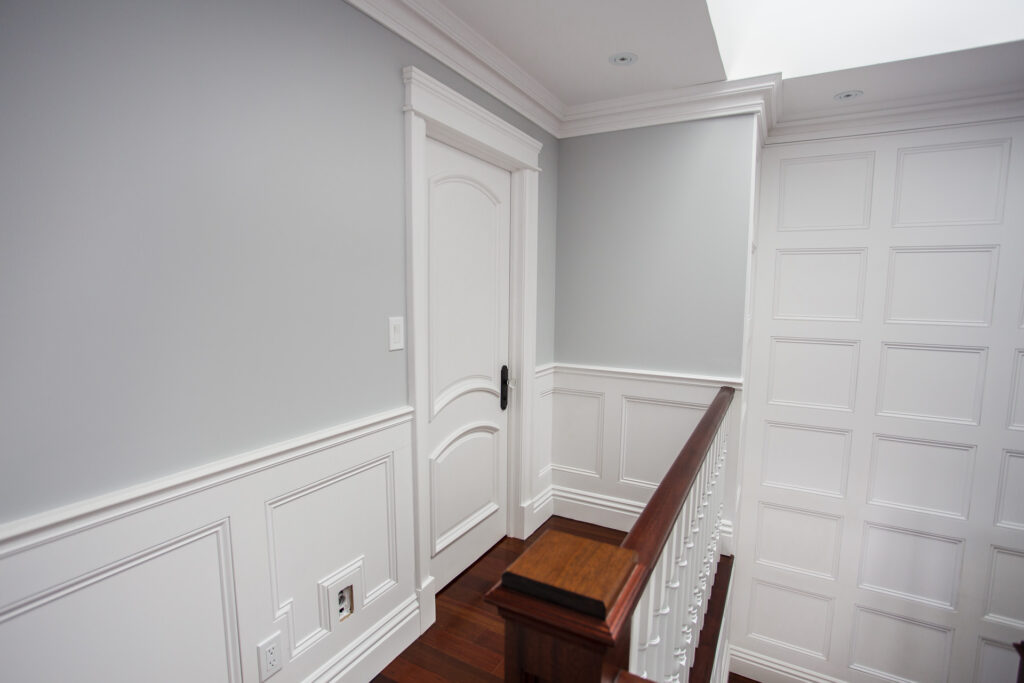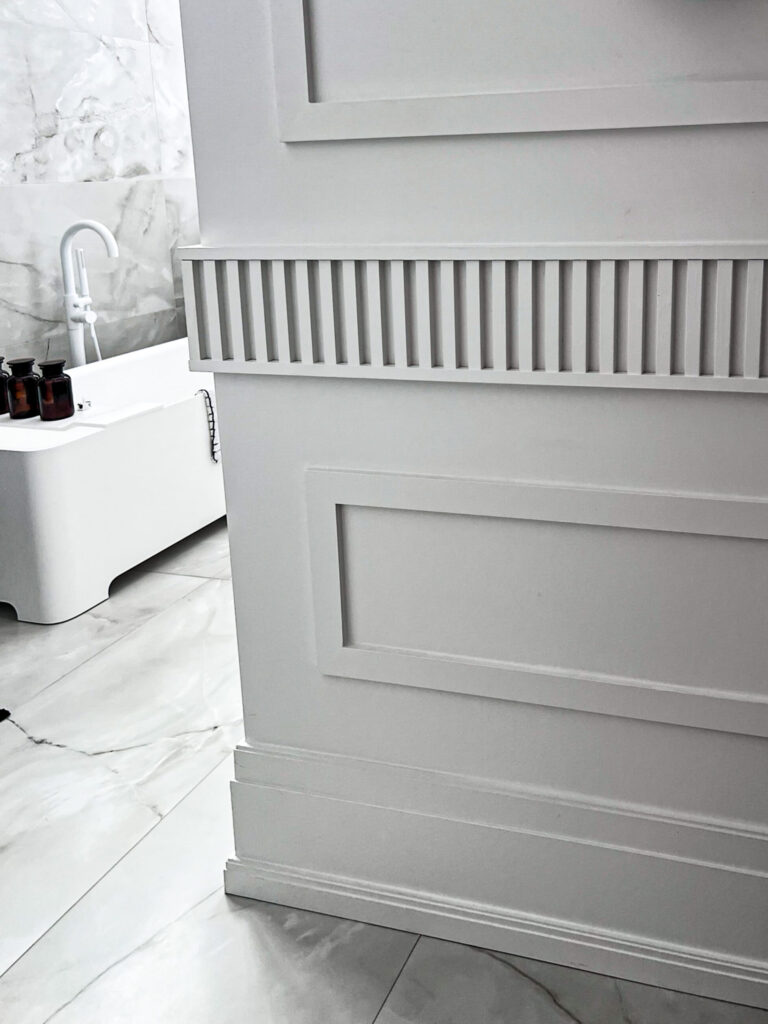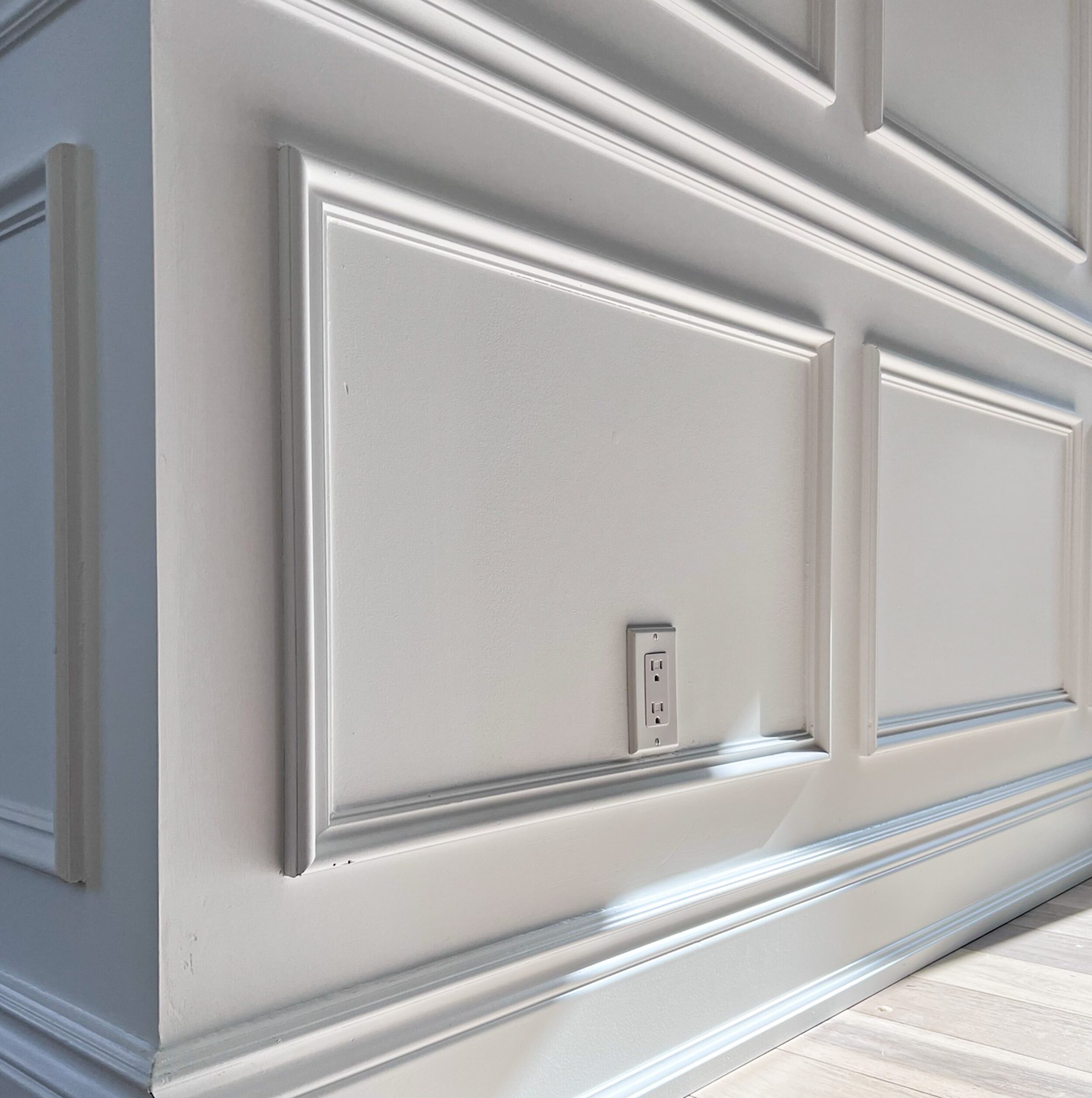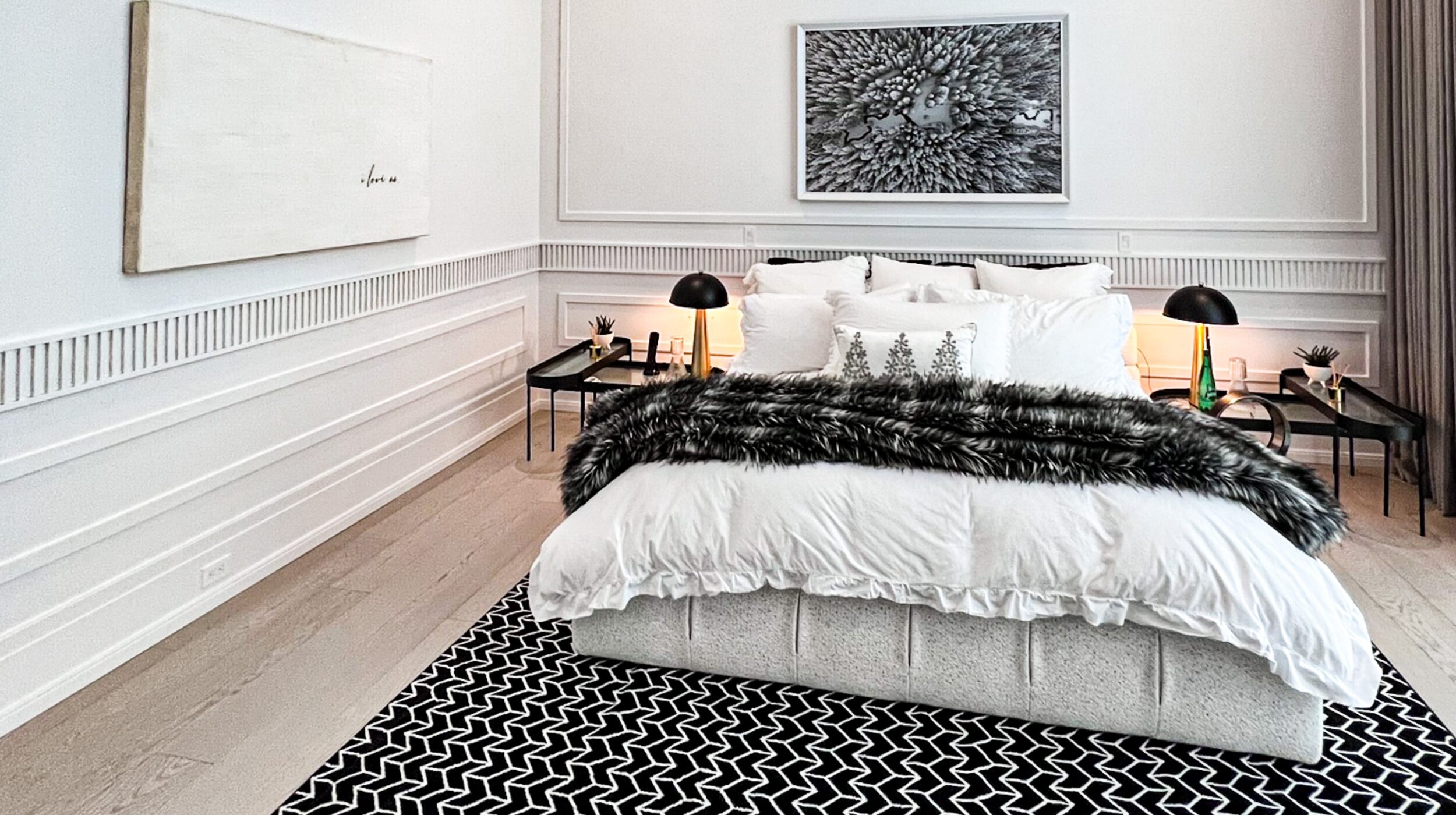
Wainscoting Walls
Wainscoting wall panels cover the bottom third or half of your walls, offering an elegant decorative element for accent walls or whole rooms.
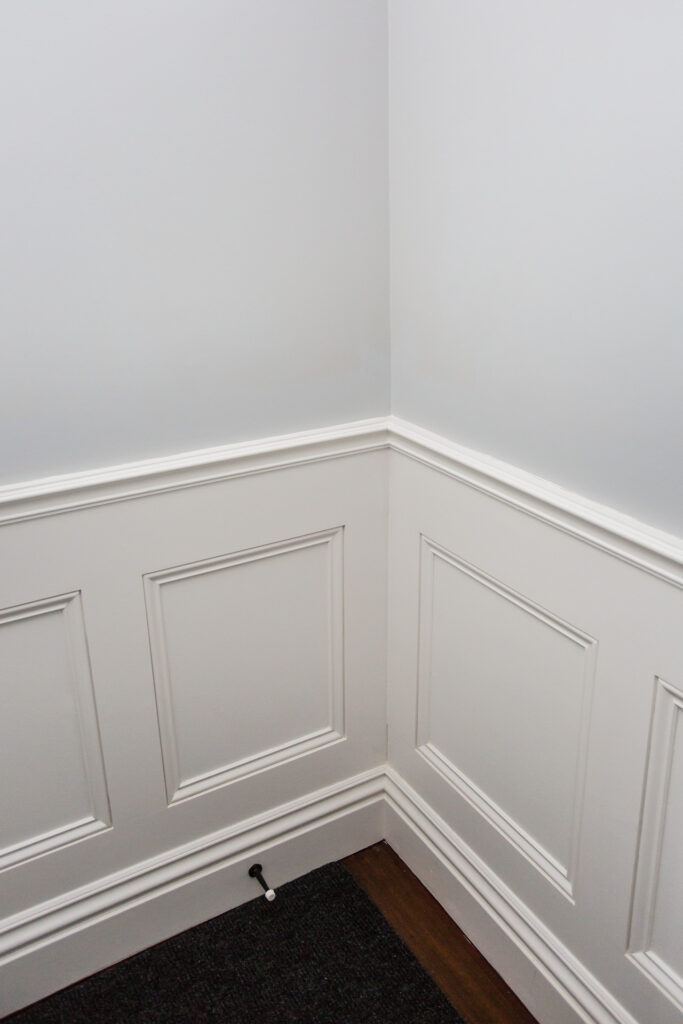
What is Wainscoting?
Wainscoting is a type of wood paneling installed on the lower part of an interior wall, usually covering the bottom third or half of the surface. It is used to add texture, style, and protection to walls, often seen in dining rooms, hallways, and bathrooms. Traditionally, these panels were designed to guard against scuff marks from furniture and add insulation, but today they are primarily used as a decorative feature.
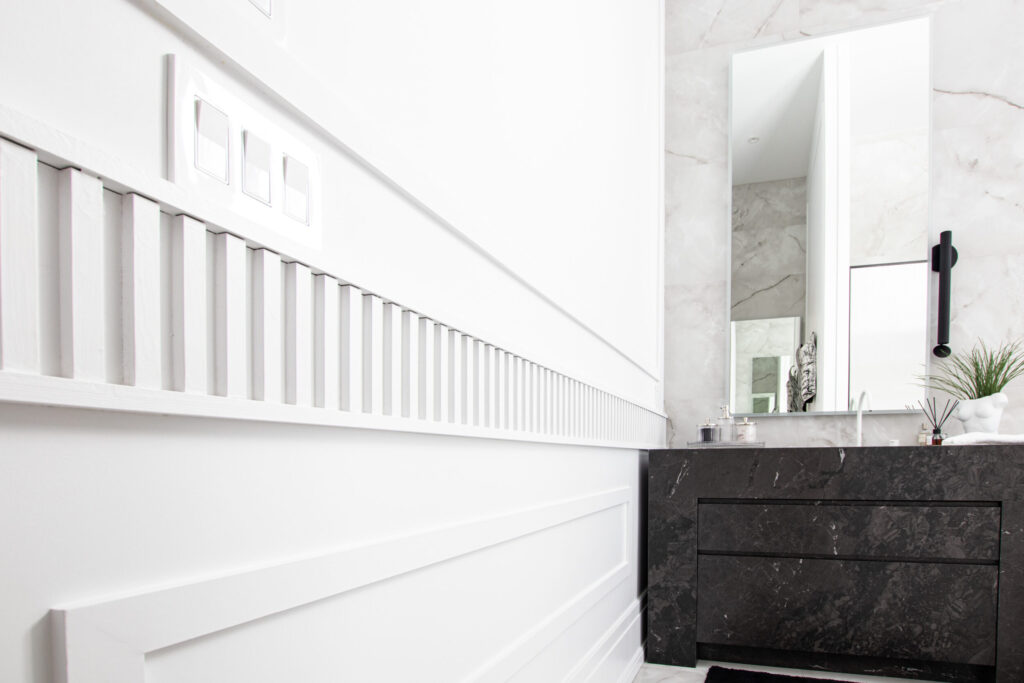
Features of Wainscoting Walls
Wainscoting walls are a versatile design option and can be used in a variety of ways. Well-suited for use as accent walls or even for an entire room, wainscoting offers the functional benefits of protection and insulation. In addition, by choosing the right style and finish, wainscoting can seamlessly fit into a range of design schemes.
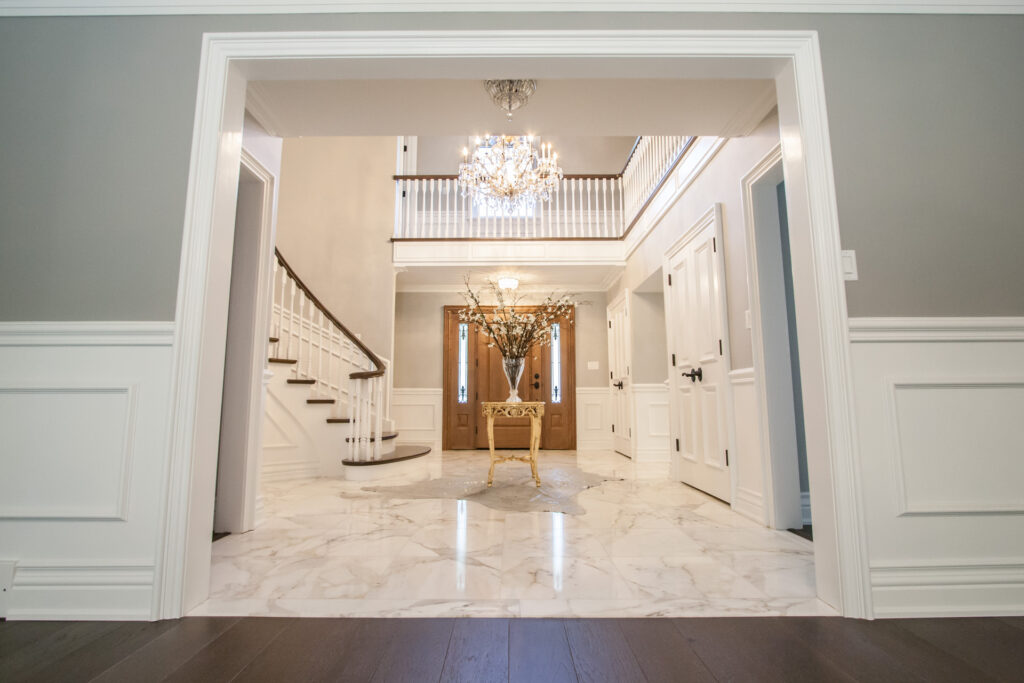
Accent Wall Decor
Wainscoting excels as an accent wall feature because it adds texture, depth, and visual interest to a space. The paneling breaks up the flatness of a wall, creating a focal point to enhance the room’s design. It can also bring a sense of balance, making the wall complement the overall decor as its own element of the space.
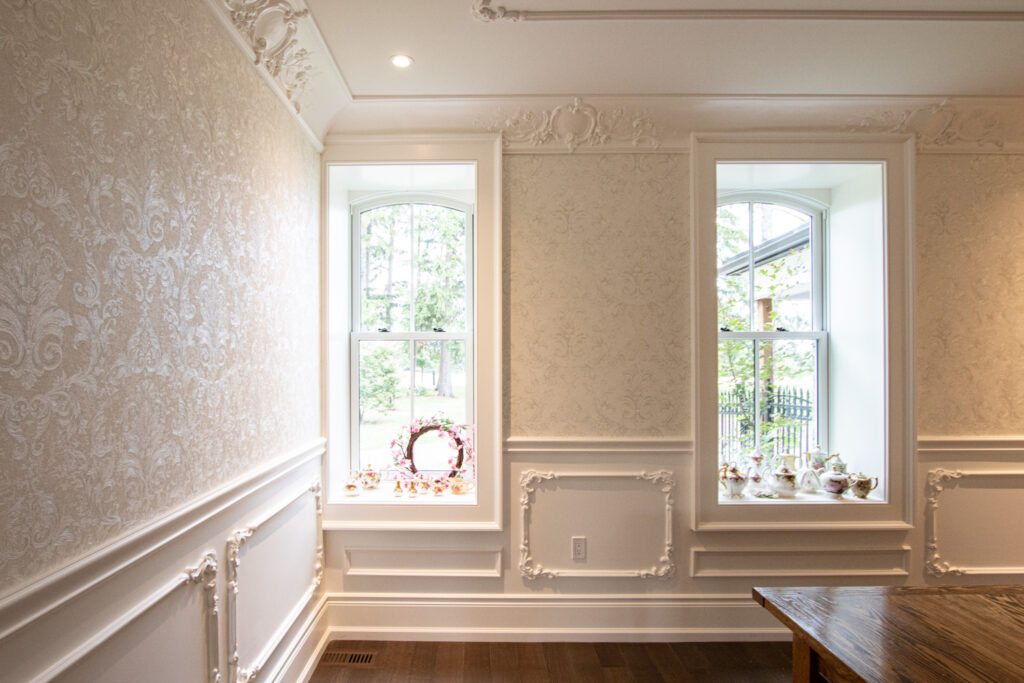
Modern or Traditional Style
Although wainscoting is a more traditional design feature, there are ways to style this type of wall paneling to create a modern look. Clean lines and minimal detailing with board and batten or flat panels can give wainscoting a lower, more subtle profile. Meanwhile, raised panels, detailed moulding or designs, and stained wood finishes add a sense of formality and elegance that anchors wainscoting in a more traditional look.
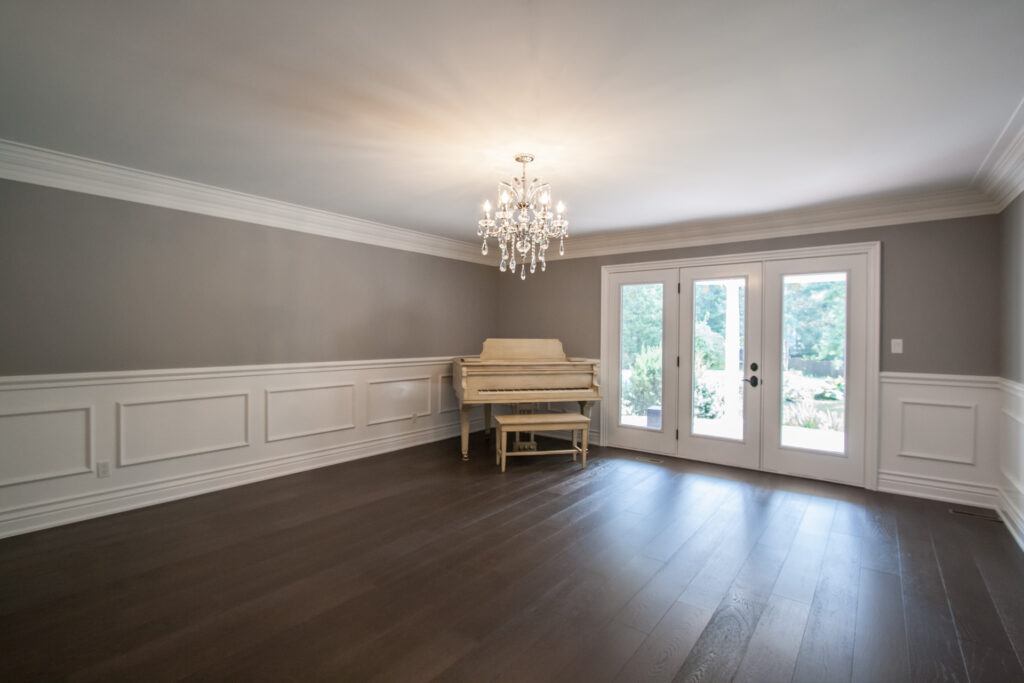
Protection and Insulation
While wainscoting may no longer be necessary for protection or insulation, it can still serve this purpose. The additional layer of wood is helpful for older homes that struggle to stay warm in the winter, while the panels do protect your drywall and baseboards from damage or marks, such as those caused by chairs, tables, or footwear.

